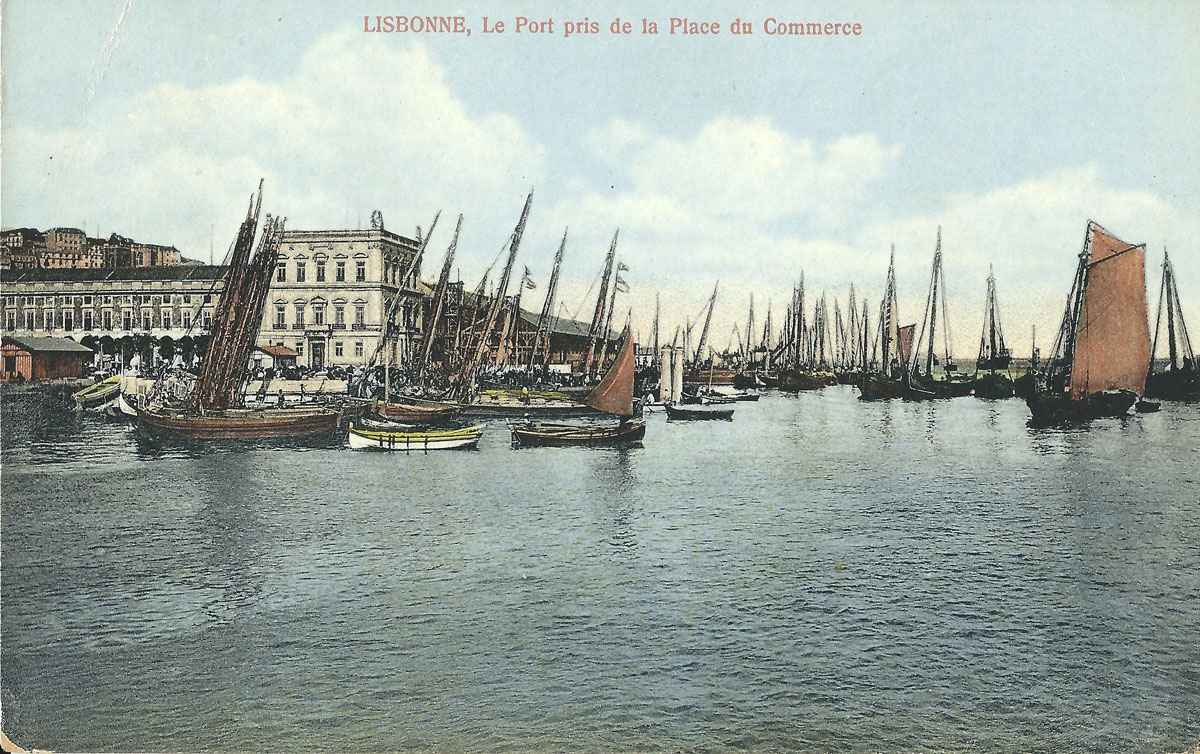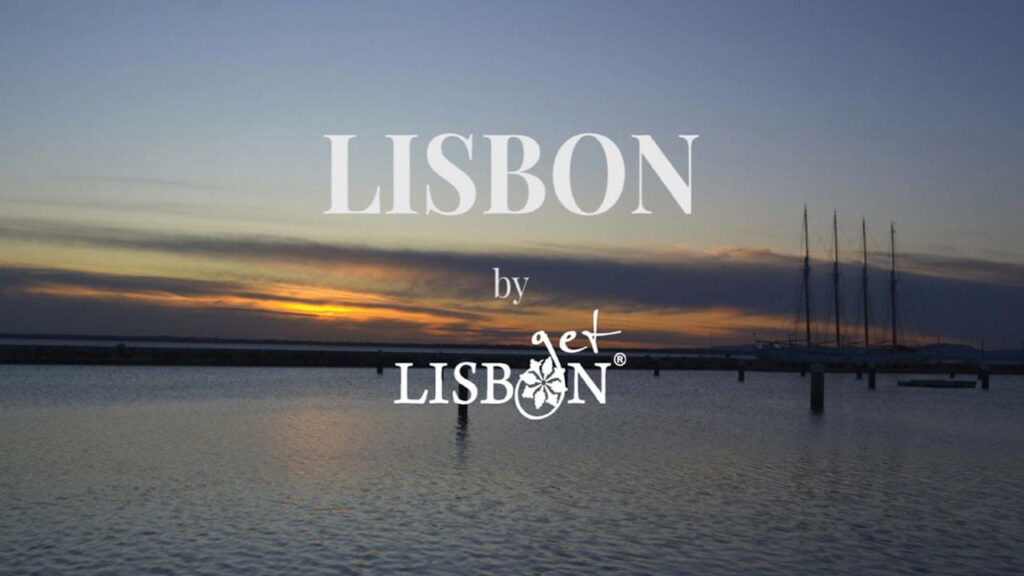Original article published on 21 February 2018
About thirty years ago we developed a research on the decorative painting of the traditional boats of the Tagus River and we had the opportunity to know, at the time, one of the last popular painters, the master José Lopes. We found that little remained of this impressive legacy.
The boats were, for the most part, ‘ghostly carcasses’ buried in the mud of the fluvial beaches of the South bank. The secret to its construction and painting was mastered by only a few. The interest in maintaining this knowledge seemed to disappear in less than a generation.
At that time, many boats were even sold abroad and turned into bars and restaurants.
However, some larger vessels had been recovered and were undoubtedly, authentic pieces of a living museum that the city councils from coastal towns had the audacity to not let sink into oblivion. This didactic attitude of the local power has, over time, resulted in a growing awareness of the historical and cultural importance of this heritage.
Today, there are reasons for us to rejoice, because there is interest from the associations and autarchies from both the banks of the river, in preserving this popular art connected to the Tagus.
There are many events held to celebrate the traditional vessels: regattas, meetings, traditional painting workshops, exhibitions of boat modelling, among others.
In the Naval Nucleus of the Municipal Eco Museum of Seixal there is, in addition to an exhibition space, a workshop of artisanal construction where they recover and build boats according to original models. The larger boats are available for programmed tours of a cultural and didactic nature.
Anyone visiting Lisbon can happily enjoy a cruise on the Tagus River in traditional boats, recovered and adapted for that purpose, and be dazzled by the magnificent views of the city and of the South bank.
By purchasing your tickets here you are supporting the getLISBON project.
Would you like to know more about the typologies and the vessels’ vibrant paintings that coloured the river?
Typologies of Traditional Boats of the Tagus River
Visualise Lisbon, the Tagus estuary and the South bank… remove the bridges that connect them… imagine that all the transport of people and goods is made by boat.

It was, thus, before 1966, the year in which the Bridge over the Tagus was inaugurated. It was by boat that the localities between Santarém and Cascais were more quickly linked. It was also by boat that the trans-shipment was carried out between the large vessels and the port of Lisbon.
The river was the motorway of other times and the traffic was formed by a rich variety of vessels. The Tagus River was enlivened by: Fragatas, Varinos, Faluas, Cangueiros, Botes, Botes de Fragata, Botes de Pinho, Barcos de Água Acima, Canoas and Catraios, among many others.
The typology of the traditional boats of the Tagus River reveals to us the activity they practised:
- Flat-bottomed boats, such as Varinos and Barcos de Água Acima, could navigate further along the coast where the water is shallow and also navigate upstream in the river;
- Canoas and Catraios, smaller boats that transported people and goods, such as fresh products and groceries;
- Cangueiros transported heavy cargo, such as construction materials, sand, stone and pine to fuel the bread ovens in Lisbon;
- The Faluas constituted a kind of network, more or less regular, to transport people. These still make part of the imagination of the lisboetas (people of Lisbon) through the lengalenga (nursery rhyme) that the children repeat, many times, without realizing its meaning: “Que linda Falua que lá vem, lá vem, é uma Falua que vem de Belém…”.


Decorative Painting
Have you imagined all the typologies of the boats we told you about, painted in vibrant colours, navigating in the Tagus River? What a colourful traffic!

Of all, the most decorated boats were the Varinos, the Faluas and the Fragatas.
Floral motifs and decorated letters were frequently used, but each painter had his own style, and so the shipyard of the vessel was easily identified. But what was obligatory to register and what identified the origin and property of the boats was the sequence of colours of the painting of the masthead, the highest part of the mast. Everything else resulted from the taste and inspiration of popular artists.
It was a painting of a decorative character, made up of vigorous colours without any kind of symbolism. The application of red, blue, green, yellow and white were a result of the choice of the painter or the owner of the vessel. Traditionally, the paints were made from pigments that have long been replaced by industrial ones.
The painting was directly made on the boat without any previous sketches, except for the cases where it was intended to reproduce a symmetrical effect. The method used in painting consisted of applying one colour at a time, that is to say, all the elements of the same colour were painted and so on, without using any instrument to help with accuracy.
All the characteristics of a popular painting of a naive and empirical character, were thus gathered, and resulted in lively creations, simple motifs of folkloric and unpretentious taste.
About this topic there are elucidative studies and iconographic documents, such as paintings, engravings and photographs. However, the most emotional records of this experience of the traditional boats and of their people are present in the old skits of the revues and in the lyrics of the fados that sing about Lisbon and the Tagus River.
| Never miss another article | Subscribe here |
The project getLISBON has been very rewarding and we want to continue revealing the singularities of fascinating Lisbon.
Help us keep this project alive!
By using these links to make your reservations you’ll be supporting us. With no extra costs!
• Looking for a different experience? We can create a customised itinerary based on your interests. Contact us!
• Or if you prefer tours and other activities in various destinations, take a look at GetYourGuide.
• Save time and money with a flexible Lisbon Card!




